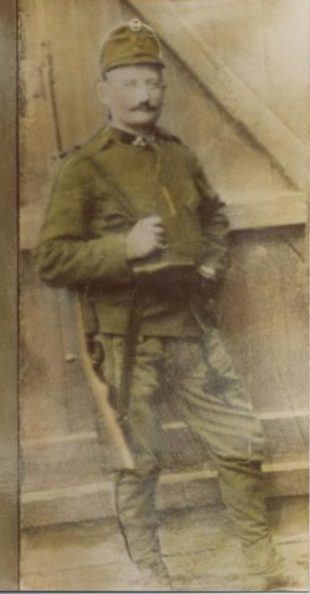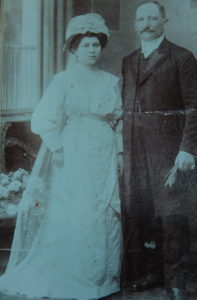Days of Remembrance – Holocaust Commemoration 2019
This year, Days of Remembrance week was observed April 28 – May 5.
The latest synagogue shooting, a hate-filled attack on the last day of Passover, and on the anniversary of the Pittsburgh Tree of Life synagogue shooting, is a stark reminder of why educating about the Holocaust is more important than ever.
In this part of the Legacies of the Holocaust, I’ll share brief vignettes about my family. Some survived the Holocaust in Hungary, others did not.
Dismayed by the growing antisemitism and racism in the past two years, I immersed myself in Holocaust studies. I promised myself to work on educating about the Holocaust and genocides. During this period, I wrote about my family and the lessons they shared. Their memories and stories are gathered in Resilience: One Family’s Story of Hope and Triumph over Evil.
Come meet my family.
Mór, the grandfather I never knew
This is Mór, my grandfather, and the patriarch of my branch of the Ehrenfelds, from eastern Hungary.

Being a wounded and decorated officer in World War I, Mór thought that would protect him from rising antisemitism. He was very mistaken.
Mór was a good father, adored by all of his children. I never heard one say an unkind thing about him. His first wife, Maria, died (likely in childbirth), leaving him with two young twin sons, Písta and Jozsi.
Mór married Anna Róth soon thereafter.

He and Anna had eight children of their own—one baby almost every two years. Life was difficult for the Ehrenfeld family. An infant daughter died before she reached two. Serious infections, including diphtheria and rheumatic fever, were common. In 1932, typhoid killed Mór’s 5-year old daughter, Henduka, and his wife. The hospital bills for them and his two other daughters were ruinous financially, too.
Mór’s life was marked by several tragedies, but after each, he recovered and went back to running his general store and farm and raising his family.
He continued to help less literate villagers by filling out documents for them and teaching them about improved farming practices. He was also generous in granting credit for townspeople who could not afford food and essential goods.
Unlike most villagers, Mór read a Budapest newspaper daily and had a battery-powered radio to listen to the news. Both were rare; there was no electricity in the village and the family read by the dim light of a kerosene lamp.
None of this helped Mór after the Germans took over Hungary in March 1944. He and his daughter, Kati, were wrenched from their homes and their quiet lives.
One of their old neighbors described Mór being taken from his home, walking next to the horse wagon, as “Jesus Christ going to the cross . . . Proud . . . straight . . . but he couldn’t do a thing.”
My grandfather was taken to Auschwitz, where he was immediately murdered.
Kati Survives Auschwitz
Kati and two of her sisters survived the starvation and brutality of this death camp and immigrated to the United States.
Each credits their survival, in part, to good people who stood up against evil, risking their own lives to do so.
Kati, now 94, thrives on educating people about the Holocaust. She is increasingly aware of the urgent need to remind people of where “othering,” racism, and fascism lead and shares her warnings throughout Omaha and eastern Nebraska. You can watch two of her talks here:
Kati’s address to students at Wahoo High School in 2013, and speaking on a panel, Three Generations of Genocide in November 2018.
Kati is doing everything she can to combat the growing antisemitism and hatred and is inspiring me to do the same.
Do you have similar experiences? What effective strategies for educating about the Holocaust or racism are working in your communities? Please let me know in the comment section.
